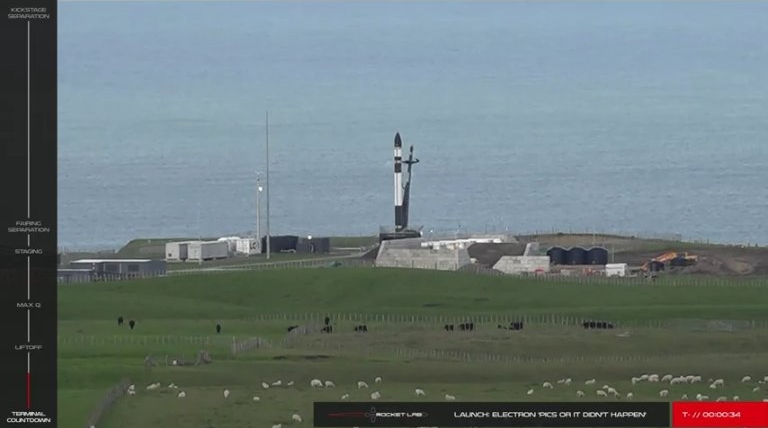COVID-19 and launchpad issues delay Ariane 6
The European Space Agency (ESA) confirmed today that the first launch of Arianespace’s Ariane 6 rocket will be delayed at least six months, to late 2021, due to lock downs related to the Wuhan flu panic, as well as construction issues at the rocket’s new launchpad.
“While we know that the maiden flight will not take place before the second semester of 2021, we cannot at this moment precisely quantify the delay, and we cannot provide an exact launch date,” Daniel Neuenschwander, ESA’s director of space transportation, said according to an ESA translation of remarks at a July 9 press event provided to SpaceNews. The French Association of Professional Journalists in Aeronautics, organized the event at ArianeGroup’s headquarters in Paris.
ESA hopes to have greater clarity on the delays in a few months, he said, according to the ESA translation.
It bodes bad for this rocket that they, at this time, have so little handle on the issues and the length of the delays.
The European Space Agency (ESA) confirmed today that the first launch of Arianespace’s Ariane 6 rocket will be delayed at least six months, to late 2021, due to lock downs related to the Wuhan flu panic, as well as construction issues at the rocket’s new launchpad.
“While we know that the maiden flight will not take place before the second semester of 2021, we cannot at this moment precisely quantify the delay, and we cannot provide an exact launch date,” Daniel Neuenschwander, ESA’s director of space transportation, said according to an ESA translation of remarks at a July 9 press event provided to SpaceNews. The French Association of Professional Journalists in Aeronautics, organized the event at ArianeGroup’s headquarters in Paris.
ESA hopes to have greater clarity on the delays in a few months, he said, according to the ESA translation.
It bodes bad for this rocket that they, at this time, have so little handle on the issues and the length of the delays.

